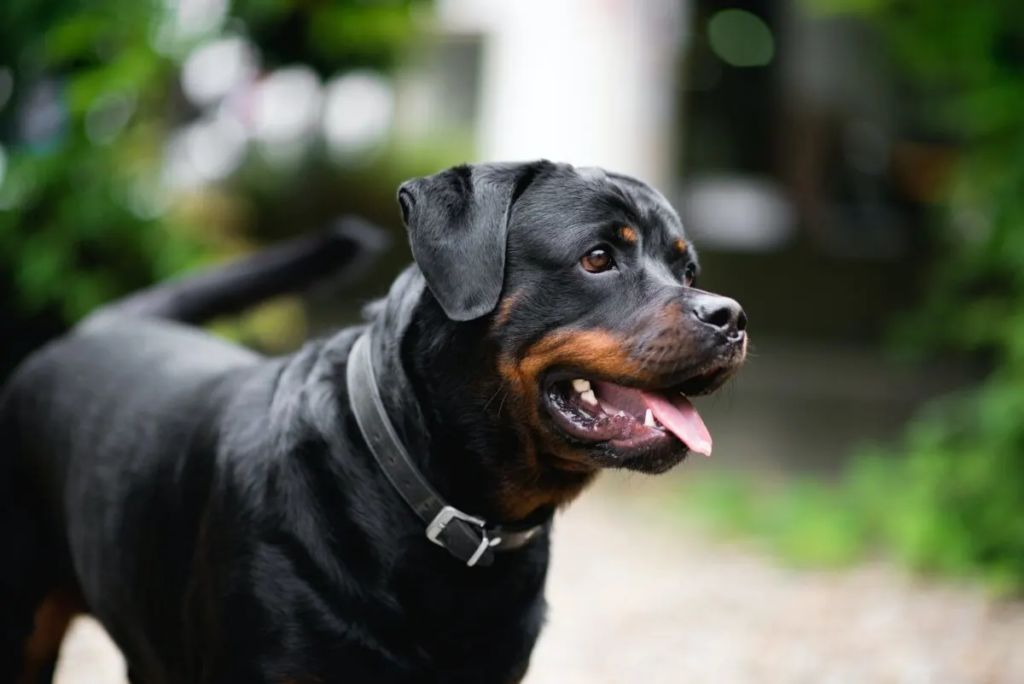
When it comes to discussing dangerous dog breeds, it is important to approach the topic with caution and avoid perpetuating stereotypes. While certain breeds may have a reputation for aggression, it is essential to remember that a dog’s behavior is influenced by various factors, including training, socialization, and individual temperament. In this article, we aim to provide a balanced perspective on dangerous dog breeds, debunk common misconceptions, and emphasize responsible ownership and education.
The Myth of Dangerous Dog Breeds:
- Breed-Specific Legislation: Many countries and municipalities have implemented breed-specific legislation (BSL) targeting specific breeds deemed dangerous. However, research has shown that BSL is an ineffective approach to reducing dog-related incidents. Focusing on individual dog behavior, responsible ownership, and proper training are more effective ways to ensure public safety.
- Aggression vs. Individual Temperament: While some breeds may have a predisposition to certain traits, such as protectiveness or assertiveness, it is important to recognize that aggression in dogs is primarily influenced by factors like genetics, early socialization, training, and environment. Generalizing an entire breed as dangerous overlooks the vast majority of well-behaved and gentle dogs within that breed.
Promoting Responsible Ownership:
- Early Socialization and Training: Socialization plays a crucial role in a dog’s behavior. Early exposure to various environments, people, and animals can help dogs develop positive social skills. Training should focus on positive reinforcement techniques, promoting obedience and appropriate behavior.
- Understanding Individual Needs: Different breeds have different exercise, mental stimulation, and socialization requirements. It is essential for owners to understand and fulfill their dog’s specific needs to ensure their well-being and prevent behavioral issues.
- Spaying/Neutering: Responsible pet owners should consider spaying or neutering their dogs. This helps reduce aggressive behavior influenced by hormones and contributes to overall population control.
- Supervision and Secure Enclosures: Dogs, regardless of breed, should always be supervised when interacting with other animals and children. Additionally, secure fencing and appropriate containment methods should be in place to prevent dogs from escaping or encountering unfamiliar situations.
- Education and Awareness: Promoting education about dog behavior, responsible ownership, and proper training is crucial. It helps dispel misconceptions and ensures that potential dog owners are well-informed before bringing a dog into their home.
Labeling certain breeds as inherently dangerous is an oversimplification that fails to address the complexity of dog behavior. It is important to approach the topic of dangerous dog breeds with an understanding that responsible ownership, proper training, and socialization play significant roles in a dog’s behavior. Promoting education, responsible ownership, and breed-neutral legislation can help foster a safer and more compassionate society for both dogs and humans. By focusing on individual dog behavior and responsible ownership practices, we can create a more harmonious relationship between humans and our beloved four-legged companions.